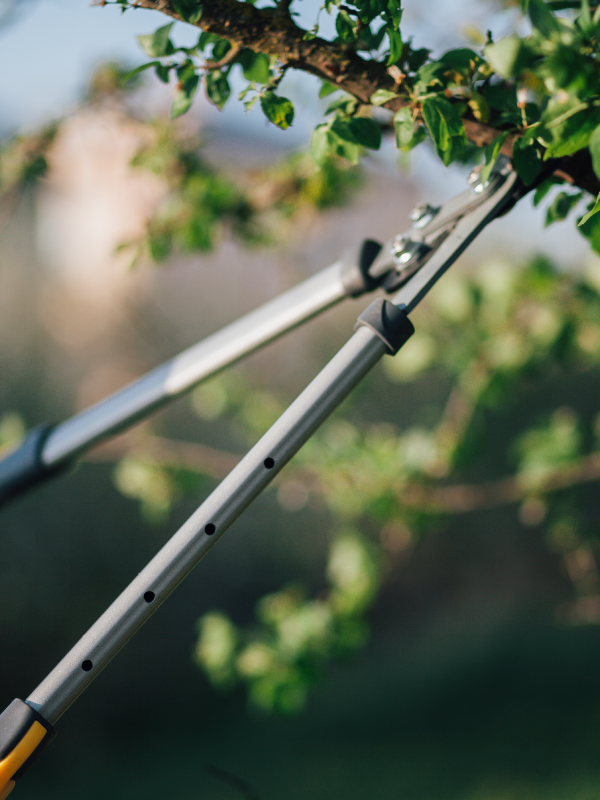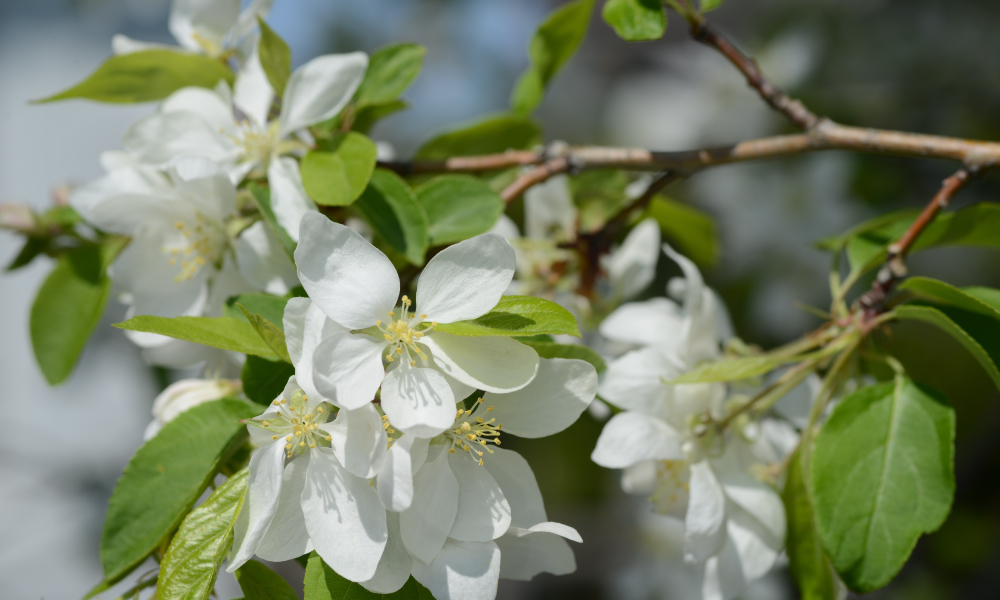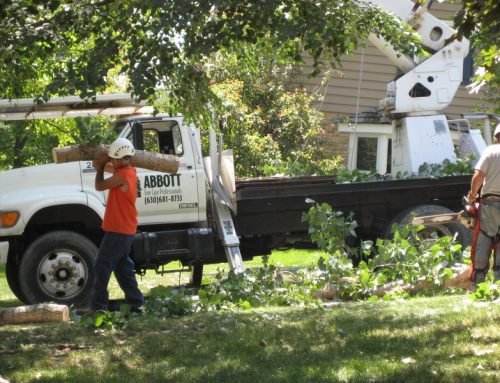Dormant pruning is a horticultural strategy that involves trimming trees and shrubs during their inactive phase, typically from late fall to early spring. They shed their leaves and exhibit reduced growth during this time. This practice is integral to the long-term health of plants. It includes tasks such as removing dead or diseased wood, shaping the plant for aesthetic appeal, and thinning to enhance airflow and sunlight penetration.
A key focus during dormancy is addressing structural issues by eliminating crossing or crowded branches. By undertaking these measures, arborists contribute to the immediate well-being of the tree and lay the foundation for its sustained health, stability, and aesthetics.

The Benefits
Visibility: Dormant pruning allows for more effective shaping. Without leaves, the tree’s structure is more visible, making identifying and removing problematic branches easier.
Reduced Stress: Pruning during the dormant season minimizes stress on trees. Their energy reserves are lower, and plants are in a state of rest, making them less susceptible to shock.
Disease Prevention: Many diseases and pests are less active during dormancy, reducing the risk of transmission through pruning wounds.
Enhanced Wound Healing: Dormant pruning allows wounds to heal more efficiently. Trees are not actively growing, so they can allocate more energy to wound closure without competing for energy with other growth processes.
The Results

The Process
Assessment
Before pruning, we assess the overall health and structure of the tree. Our arborists identify dead, damaged, or diseased branches. They also pinpoint structural issues like crossing or crowded branches.
Targeted Pruning
We focus on specific pruning objectives, like removing dead or diseased wood, thinning to improve airflow, shaping for aesthetics, and addressing structural issues.
Disease Management
Pruning during dormancy helps minimize the risk of spreading diseases. Our arborists remove any branches showing signs of disease, cankers, or pest infestations.
Thinning
Thinning involves selectively removing branches to improve the canopy’s light penetration and air circulation. This can help prevent diseases and stimulate new growth.
Not all plants should be pruned during dormancy, and the specific timing may vary based on local climate conditions and the type of plant. Certain trees should only be pruned in winter, as they’re susceptible to fungal disease:
Some trees are prone to bleeding sap if pruned in late winter, so it’s best to hold off on pruning them:
Our dormant pruning services are tailored to maximize the benefits of this season, ensuring your landscape flourishes when the growing season returns.





